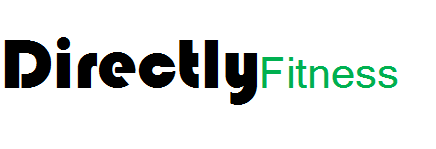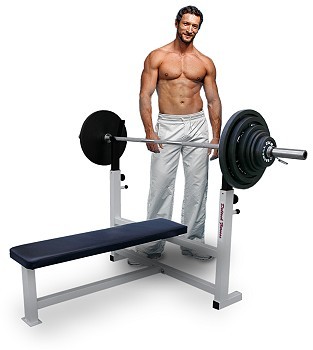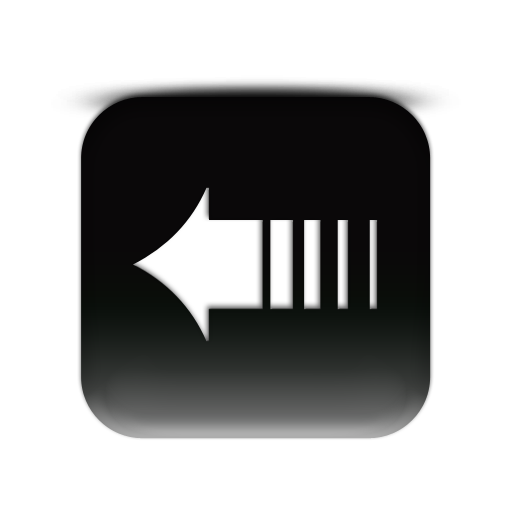Exercise Techniques
Like the site? Sign up for the FREE newsletter. I'll send a new article once or twice a month. Unsubscribe
anytime.
anytime.

About this Site l Contact l Free Newsletter l Subscribe to Rss Feed
Recommended Products l Fitness Store l Directly Fitness Blog
Recommended Products l Fitness Store l Directly Fitness Blog

How to Perform the Barbell Bench Press:


Proper Exercise Technique:
BARBELL BENCH PRESS
Find this site useful? Click the donate button. Its greatly appreciated.
Think a friend might benefit from this page? Share it!
Think a friend might benefit from this page? Share it!
About the Bench Press Exercise:
The bench press exercise when done correctly, is one of the best upper body workouts that utilizes many major muscle groups. Safety must always be taken into account and a spotter should be present.Muscles Used in the Stiff-Legged Deadlift:
The bench press uses primarily the pectoralis major, pectoralis minor, serratus anterior, triceps, and anterior deltoids. Other additional synergist and stabilizers are biceps, middle deltoid, posterior deltoid, lats, coracobrachialis, and forearm muscles.Starting Position:
• Lay with back on bench so your head is near the end and eyes are belowracked bar.
• Place both feet firmly on the ground where it is most comfortable.
• Grip barbell slightly wider than shoulder width, make sure it’s even.
• Back, feet, head, and shoulders should be firm and sturdy.
• Signal spotter when ready to begin.
*Note: you should always have a spotter during this exercise. Perform the "5-point check" to make sure all parts of your body are stable: head, both arms, and both legs.
Upward Phase:
• Push the bar up until the elbows are fully extended.• Keep wrist stiff and perpendicular to the floor and parallel to each other.
• Do NOT excessively arch the back or rise the chest to meet the bar.
• At the end of the set signal the spotter that you are finished
• Do not let go of grip until bar is fully racked.
Downward Phase:
• Lower the bar to touch the chest at approximately nipple level.• Keep wrist stiff and perpendicular to the floor while parallel to each other.
• Maintain the head, shoulders, back, and feet positions.
Tips:
• This movement is very unnatural to most and will not come easily. Formmust be learned before attempting this exercise! Try looking at yourself in
the mirror while practicing with no added weight.
• This is a high intensity exercise as almost every major muscle is being
worked! Be sure to have lots of energy and focus when performing the
deadlift.
• Be sure to inhale on the way down and exhale on the way up! If you hold
your breath in you risk passing out in the middle of the movement due to
built up pressure in your body!
• This exercise will feel very unnatural to some and most fail at forearm
strength.
• If you don’t have good forearm strength it won’t matter how strong your legs
and back are. Strength your forearms if you feel they can’t hold the bar
efficiently.
• Use lifting chalk if you feel your grip could use a little boost. You can find it at the Fitness
Store for great deals.
• If you progress to heavier sets, I recommend you use a belt to prevent injury
as it provides extra stability and support. I recommend you only use it for
those heavy sets as overusing a belt can actually lead to core weakness.
Simply do without the belt for lighter sets leading up to the heavy sets at which time you can put the belt on. This will keep you safe without having the core weakness associated with using a belt.
The best belts are the thick powerlifting style belts that are just as wide in the front as they are in the back. This allows you to push your stomach against the belt and provide more support for the lower back. I suggest you avoid the thin weight lifting belts that are pretty common in department stores. If you are interested in weight lifting belts you can find them in the Fitness Store.
Here is a video to assist you in learning the proper form for stiff-legged deadlifts:
Continue to learn more about how to exercise: Proper Exercise Techniques
BENCH PRESS
